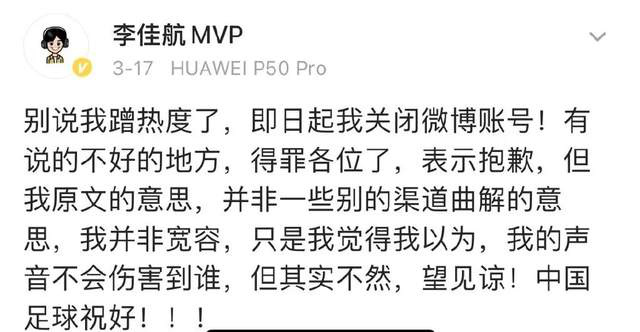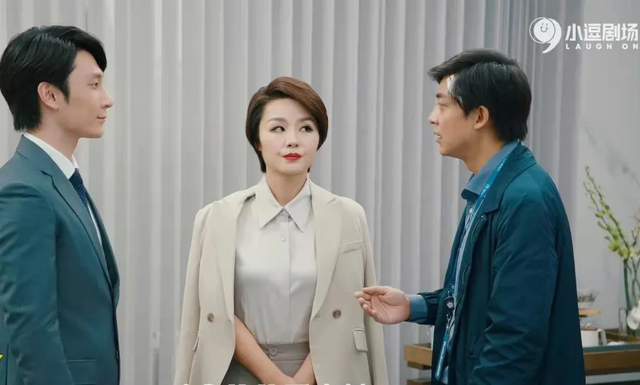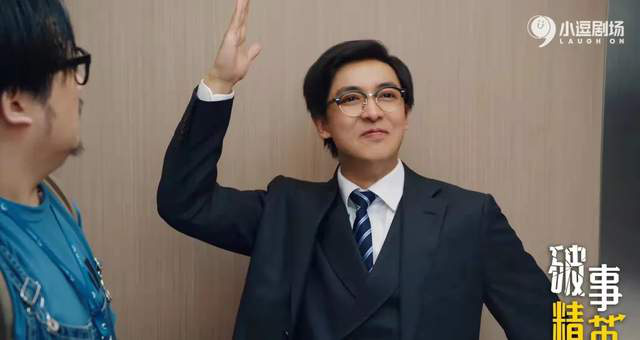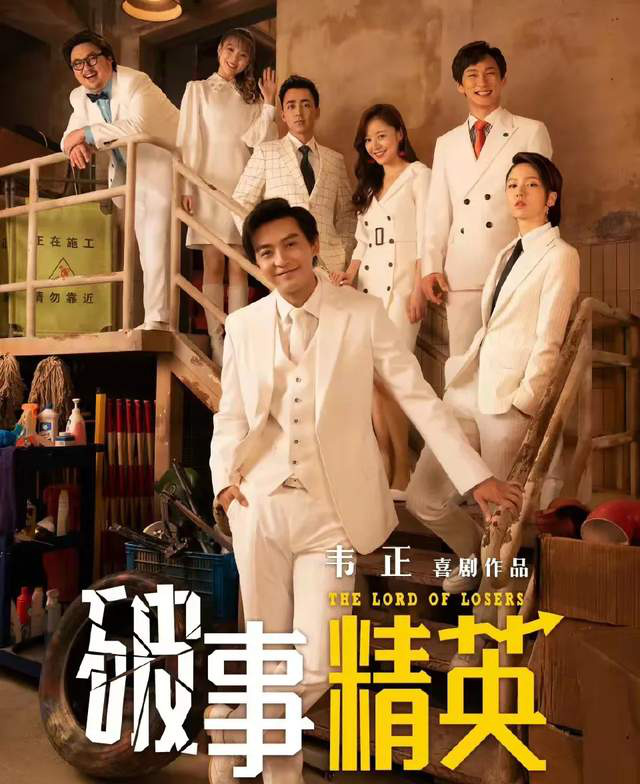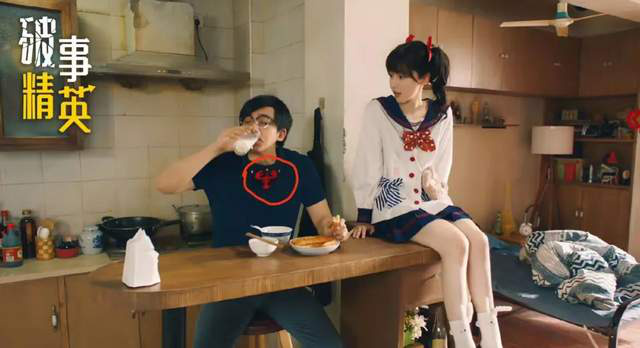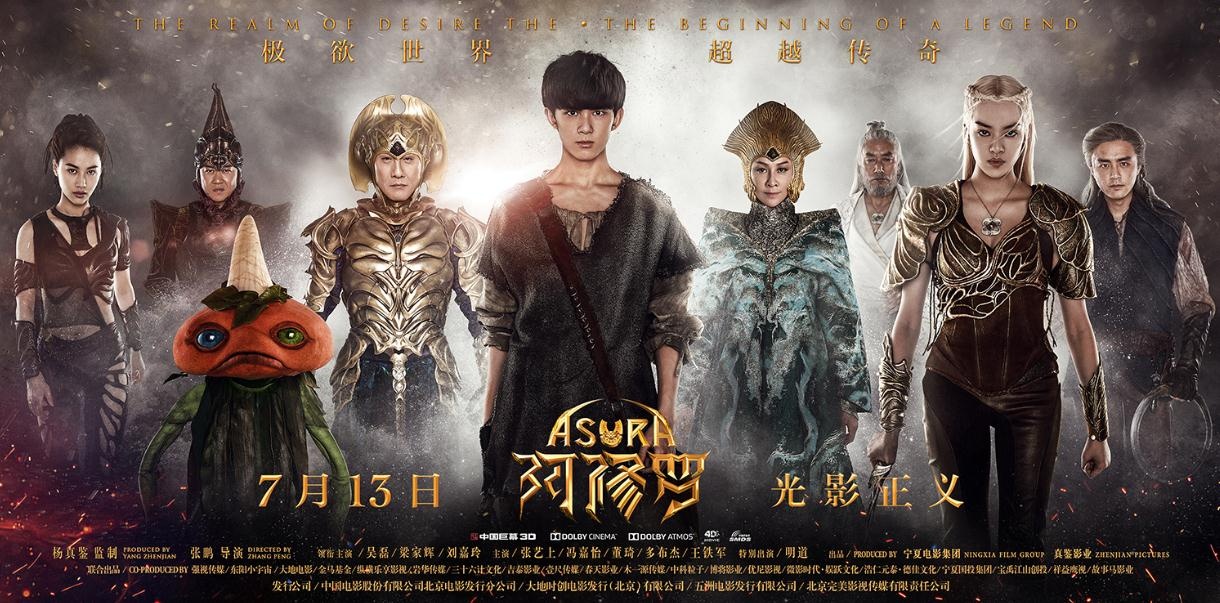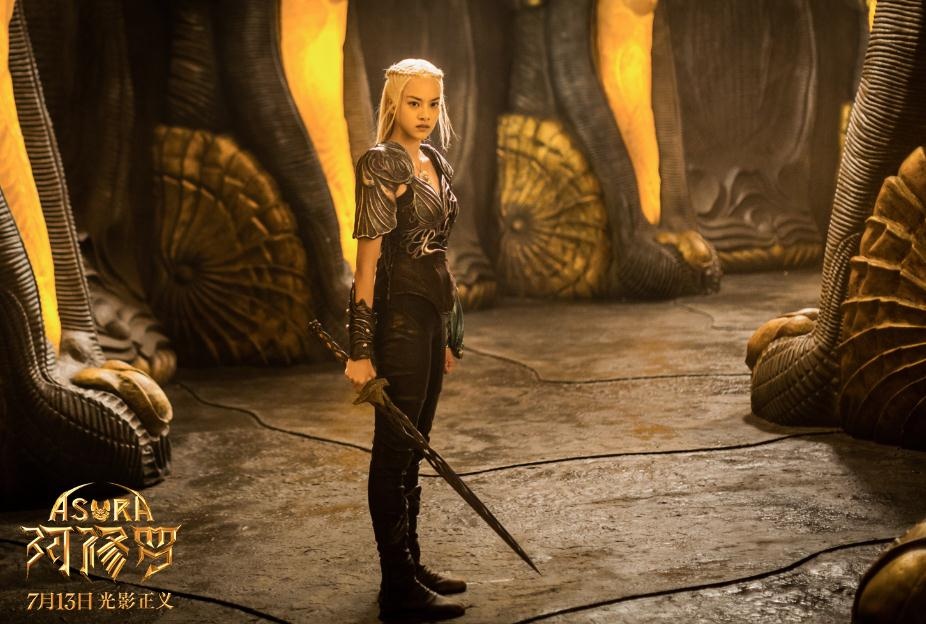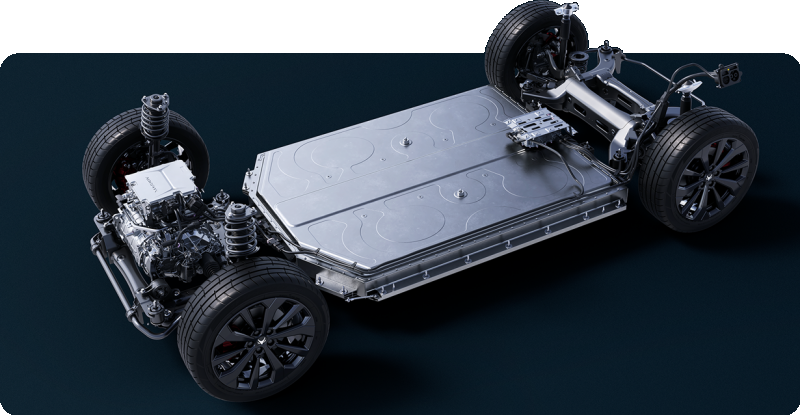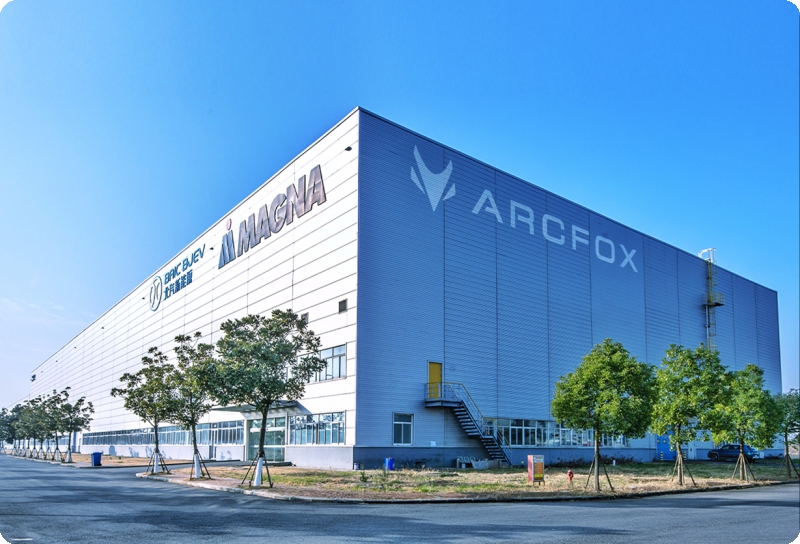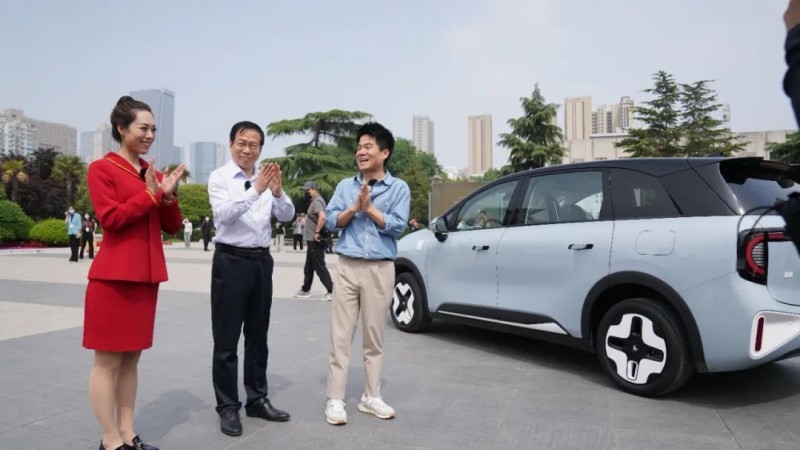Author | Qian Xiaomei
ID | say money (ishuoqian)
2019, which just opened the year, is extremely lively.
With the popularity of the niche movie The Wandering Earth,
Jason Wu was once again scolded for hot search
This familiar scene has been here for two years.
The last time he was scolded was because he starred in Wolf Warriors 2.
I was scolded this time because of my guest appearance in The Wandering Earth.
Another one because of Jason Wu personally.
The reform storm and the war between the two sides.
Firepower points are mainly concentrated in three points:
(1) accused Jason Wu of selling patriotic feelings and earning self-interest;
② Jason Wu’s films are full of heroism;
(3) The didactic significance of the film is greater than the entertainment function;
Some netizens even shouted: The wandering earth is a "space Wolf Warriors."
Although Jason Wu is not the protagonist, the film "including Beijing rate" is too high.

1 Why is the successful Jason Wu always hacked?
Not to mention whether the movie is good or not.
Let’s talk about netizens who curse actors first.
I just want to say a few words to this kind of people:
I want to be a bitch and set up a memorial arch
It is a sin to have what others have and not have it!
If you want to add a crime, you can always find it.
Jason Wu can’t talk even if he has a hundred mouths!
According to common sense, Jason Wu is a relatively successful actor.
The 45-year-old Wu Jing has relied on the Wolf Warriors series in the past two years
Become a hot actor today
Some people even predicted that at the current speed,
Jason Wu is expected to become the first film emperor with billions of dollars.

Not only has a successful career, but there is no scandal.
The family is also extremely harmonious, and the husband and wife are the model of the industry.
As a result, some people are unstable.
Always find fault in the egg and find something to do.
Jason Wu’s works lie naked like this.
A wave of "black Beijing style" emerged.
I think that Jason Wu’s movies are to earn the IQ money of the people.
Let’s take a look at those three absurd "accusations"!
First, selling patriotic feelings.
Patriotic film and television dramas have always been hot spots in recent years.
When the country is strong, people’s pride arises spontaneously.
Anti-Japanese war films, historical films and spy war films have emerged one after another.
Become the directors’ favorite.

First, out of commercial choice.
The second is to cater to the spiritual and cultural needs of the people.
It’s right for others to shoot such a film, but is it wrong for Jason Wu to shoot it?
Just because Wolf Warriors 2 topped the list with 5.6 billion box office.
Created a new era in China’s film history.
-content and production > traffic and face value
Without the pursuit of quality by producers such as Jason Wu.
So isn’t the film and television industry still in a state where bad money drives out good money?
Therefore, the first person to eat crabs is always not understood.
Always encounter the resistance of conformity psychology!
As Liu Cixin said in the original wandering earth:
It is a luxury for human beings to remain rational forever!
Second, heroism is strong.
This view is inherently contradictory.
Such netizens claim that they grew up watching Hollywood blockbusters.
I don’t know that all Hollywood disaster films are heroic.
And there is a fixed formula:
A nobody happened to find the world in crisis.
Just at this time, my family is in danger.
So he saved the world by fighting monsters and upgrading without hesitation.
Isn’t this naked American heroism?
But when I saw China people saving the earth, I quit.
How? Only Americans can save the universe, but not China?
How dare netizens with this double-standard mentality scold others?
The third point is the didactic color.
People who say that other people’s films preach more than entertain.
It is even more ridiculous. What experience did Jason Wu take out?
Can overwhelm you in minutes!
Who do you think wants to talk about human feelings in front of you every day?
Tell about successful experiences?
These exhibitions were originally Jason Wu’s real experience and personality.
Come on, these keyboard guys, before swearing
Can you do your homework first?
Get to know the history of people’s struggle
After all, no one will succeed for no reason.
As Jason Wu’s friend said:
Jason Wu saved all his money with blood.
At the age of 14, Jason Wu was paralyzed by practicing martial arts.
The doctor concluded on the spot that he would have to stay in bed for the rest of his life.
But Wu Jing didn’t give up so easily.
Keep practicing rehabilitation every day and move your arms and legs while lying in bed.
Finally, he really miraculously recovered.
A few years later, he won the national Wushu championship.
After that, Jason Wu began to enter the film industry.
The mainland has developed for 10 years, and it is tepid.
Going to Hong Kong has developed for another seven or eight years, but it still doesn’t work.
Seeing the age of no doubt, he decided to switch to directing.
If you can’t afford a popular actor, go on stage yourself.
I risked my life to shoot a shot.
Diving, fighting, racing …
After the filming, people are basically useless.
Can only walk with crutches.

A good work needs more than passion.
There must also be a desperate spirit of death.
This is not a sermon, but something he really did.
Just like Ming Lan in the hit drama "Know No" said:
Between people in this world, it is often to see who is better than who!
Others dare not go out, but I dare!
So, it’s not success that favors someone.
It was this man who risked his life to get this opportunity.
"Never be vague in the play"
It is also the reason why Jason Wu made phenomenal works.
Before Wolf Warriors, after the wandering earth.
Whichever one is carried out is a treasure of town store level.
This is the spirit of Jason Wu:
Perseverance, tenacity and desperation
It’s just that there are always some selfish netizens who can’t be nice to others.
It’s always ironic to see top-notch people who are better than themselves.
Especially when I see those people whose conditions are better than their own.
When someone hears that someone won the first place in the exam.
The first reaction is to make excuses: his mother is a teacher,
Of course, I will make up lessons for him privately. It’s nothing rare to get good grades.
What these people have in common is:
Self-abased and selfish at the same time unwilling to make progress.
So I can always find an excuse to comfort myself!
Actors become targets of emotional catharsis!
Jason Wu is by no means alone in being scolded for his play.
Remember last year’s Story of Yanxi Palace?
Wang Maolei, the actor of eunuch Yuan Chunwang, has a bad role.
Encounter language attacks from netizens in real life.
Forced to apologize to everyone and close the Weibo review.

It sounds ridiculous, but in reality, such incidents are repeatedly banned.
After Ruyi’s Royal Love in the Palace, Li Chun was attacked by netizens, crying that he was afraid to watch it online.
Yi Song was scolded by netizens for his thankless role in Entrepreneurial Times: Go to hell!
Even Li Mingqi, the actor of Rong Mammy, has been smashed by vendors.

This kind of behavior that rises to the actor himself because of his dislike of the role
It really reflects the immature way of watching movies by some netizens.
According to common sense, it can make the audience feel substituted.
It should be an affirmation of an actor’s acting skills.
Now it has become a psychological burden for many actors.
Especially worried about playing the villain role.
If the performance is not like it, some people will question the actor’s acting skills;
It’s so similar, some people will say it’s true colors.
So this mob is under the banner of "justified"
Set off a violent act of "punishing an actor" on the Internet.
There is a classic saying in Mob:
When people arrive in a group, their IQ drops seriously.
In order to gain recognition, individuals are willing to abandon right and wrong,
Exchange IQ for a sense of belonging that makes people feel safe.
Separating the plot from reality is the most basic ethics of an audience.
It is normal to have emotions, but it is personality problem to vent emotions everywhere.
As everyone knows, public opinion is often the most invisible weapon to kill.
Ordinary people sometimes encounter public opinion conquest.
There is still a long way to go to completely change this situation.
Not only should we improve the network literacy of all citizens
It is also necessary to quickly look at the mountain network punishment mechanism.
After all, the cost of cyber violence today is too low.
Not enough to scare the arrogant!
3 the self-cultivation of an audience!
As the saying goes: the audience is cultivated.
No one is born with artistic accomplishment.
Actors and audiences have always been equal.
The actor’s play needs to be watched, so there must be an audience;
When the audience goes to the theatre, someone has to play it, so there are actors.
As an actor, you need to have some accomplishment.
As an audience, you also need to be cultivated.
There are two categories here: depth and depth.
In a nutshell, as an audience,
Watching movies and listening to cross talk are all recreational activities.
The figure of entertainment activities is a word "music"
Comedy, laughing; Tragedy, crying;
Wu Da, happy; Suspense, scared.
This kind of audience lingers on the surface.
Just to find an emotional resonance.
Just be able to make yourself addicted!
But some viewers have deeper needs.
They need to explore the artistic means of a film.
Evaluate the actor’s acting skills, whether the special effects are bursting and whether the rhythm is relaxed.
This kind of audience needs to clearly distinguish the difference between art and reality.
You can’t bring your emotions into reality.
Correcting one’s artistic attitude-appreciation
You can express your opinions, but never involve personal attacks.
Of course, it’s okay to comment on art
But spying on actors’ private lives, or spreading rumors.
Is beyond the scope of appreciation.
Please be clear:
As an audience, you are qualified to evaluate your works.
Also qualified to evaluate actors’ acting skills
But you are not qualified to judge the actors themselves.
You and I are both citizens, and everyone is equal.
Correcting your position is the best accomplishment.
Put yourself in the other’s shoes. If you were in Jason Wu’s position.
Netizens suddenly came to you with a wave of inexplicable curses.
Will you be chilling?
The ancients often said: Bad words hurt people in June.
Those who are demons, I advise you to be kind!
● It is not impossible to earn 100,000 yuan a month. Some people say that Baidu is dead, and some people are using it to make a fortune!
This article first appeared on WeChat WeChat official account: Talking about Money. The content of the article belongs to the author’s personal opinion and does not represent Hexun.com’s position. Investors should operate accordingly, at their own risk.
(Editor: HN666)






